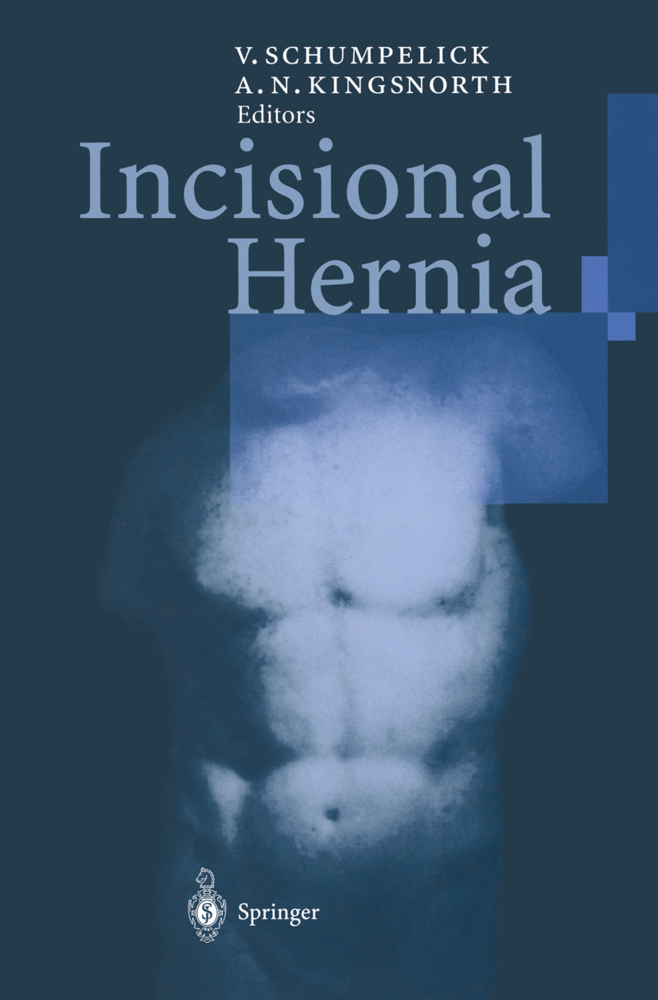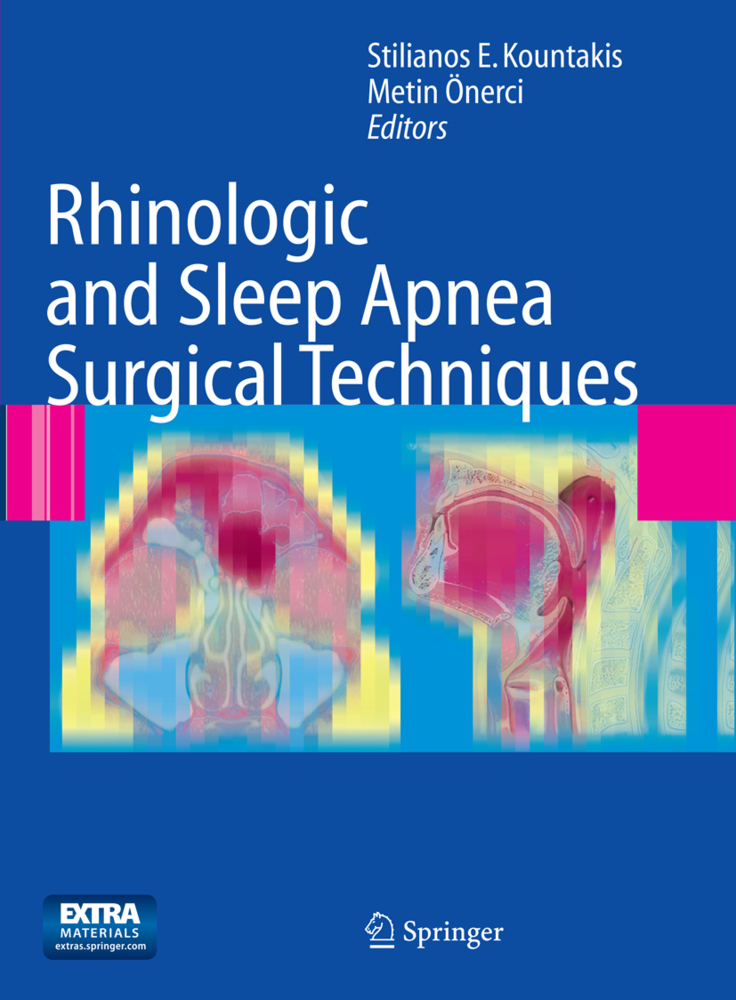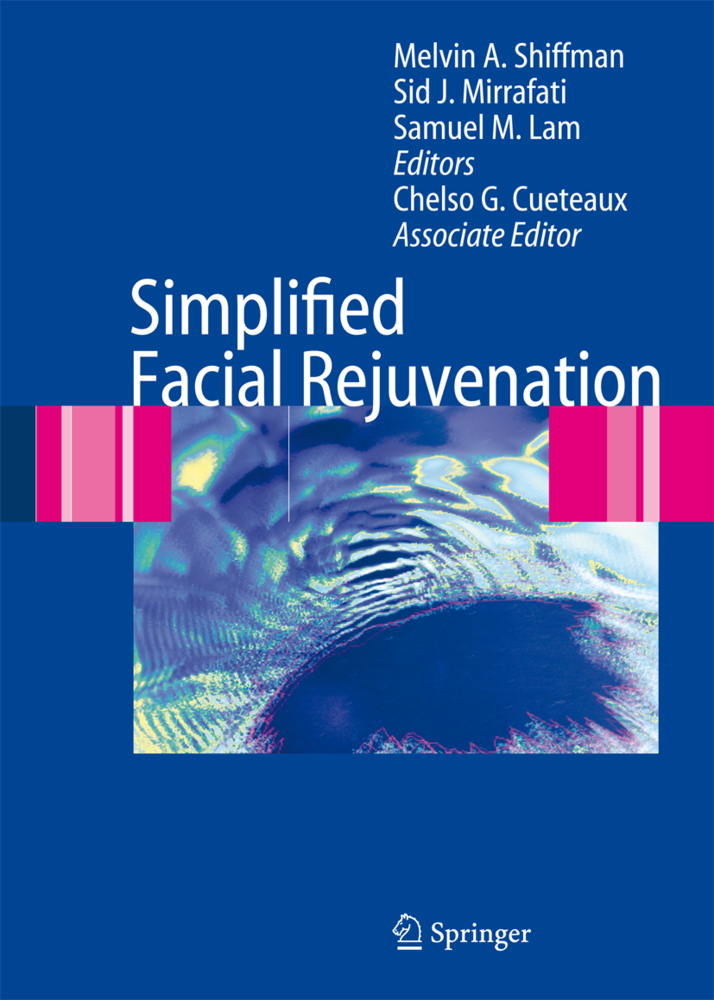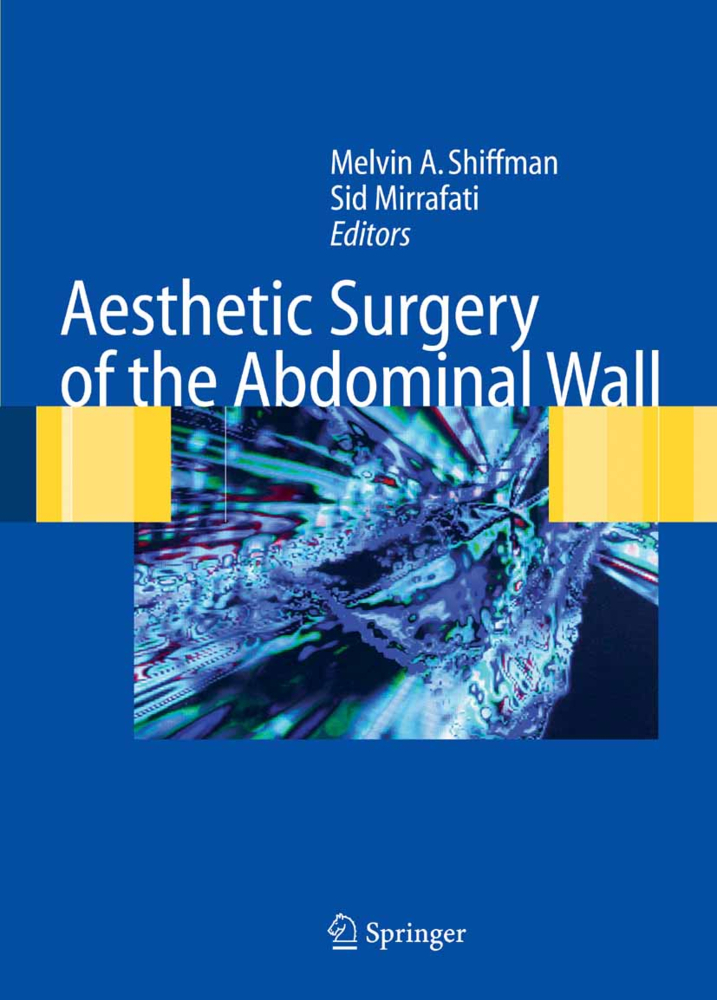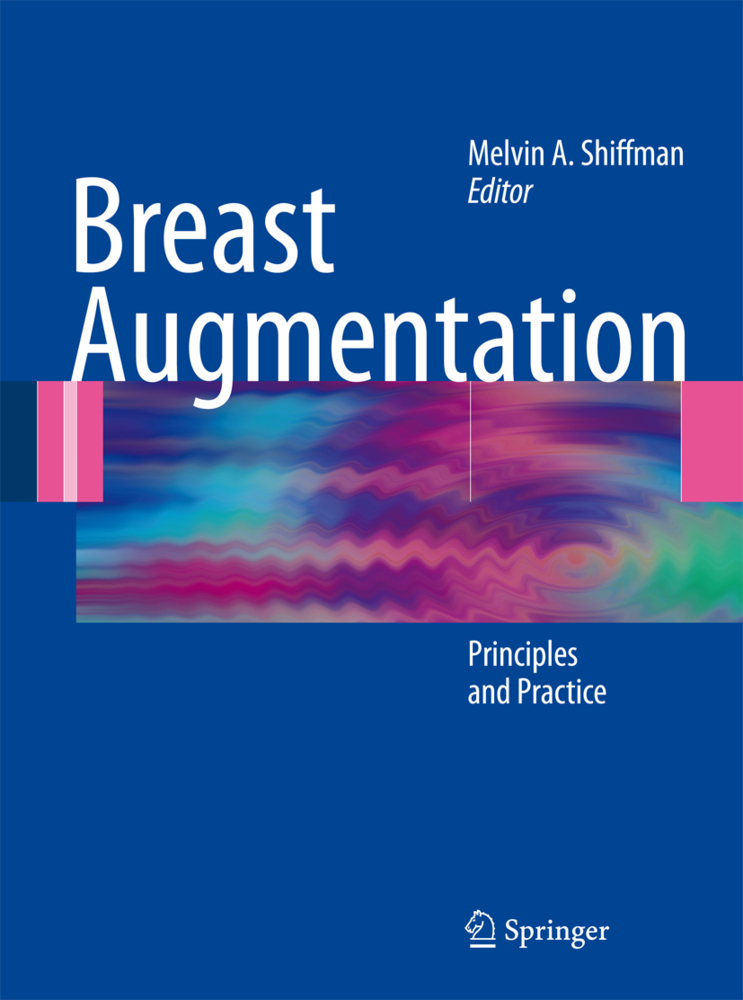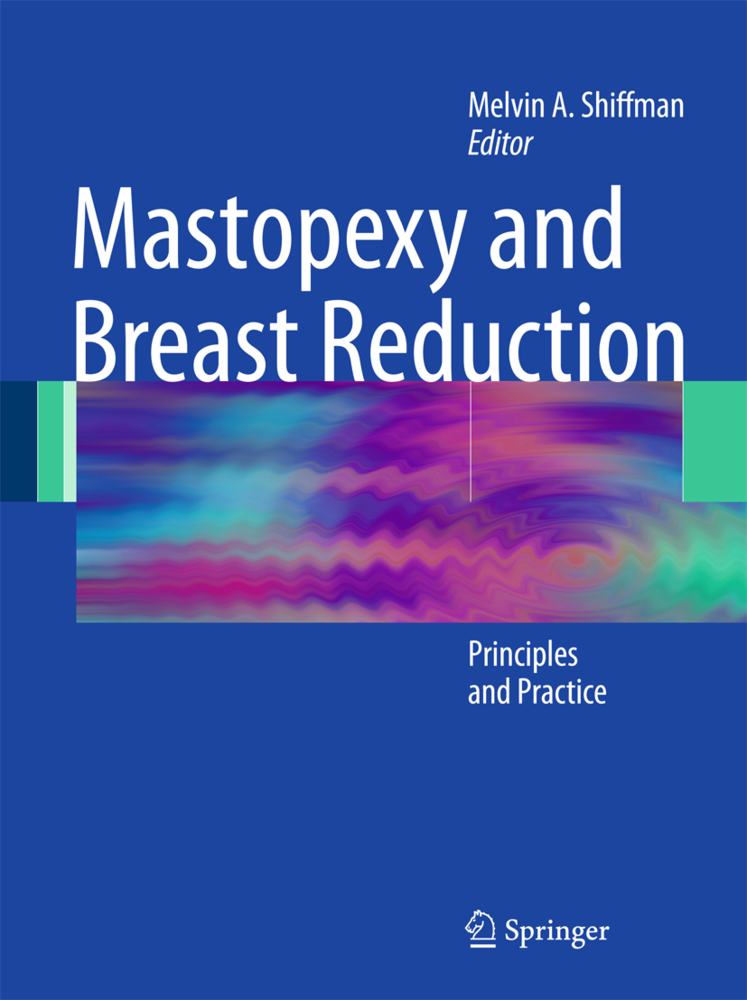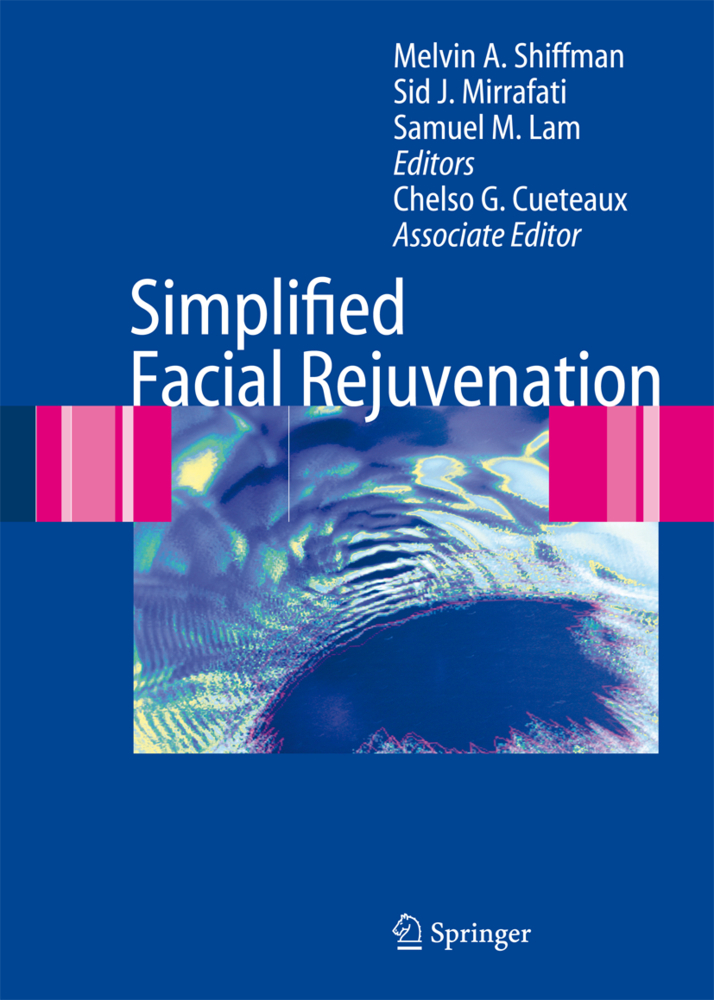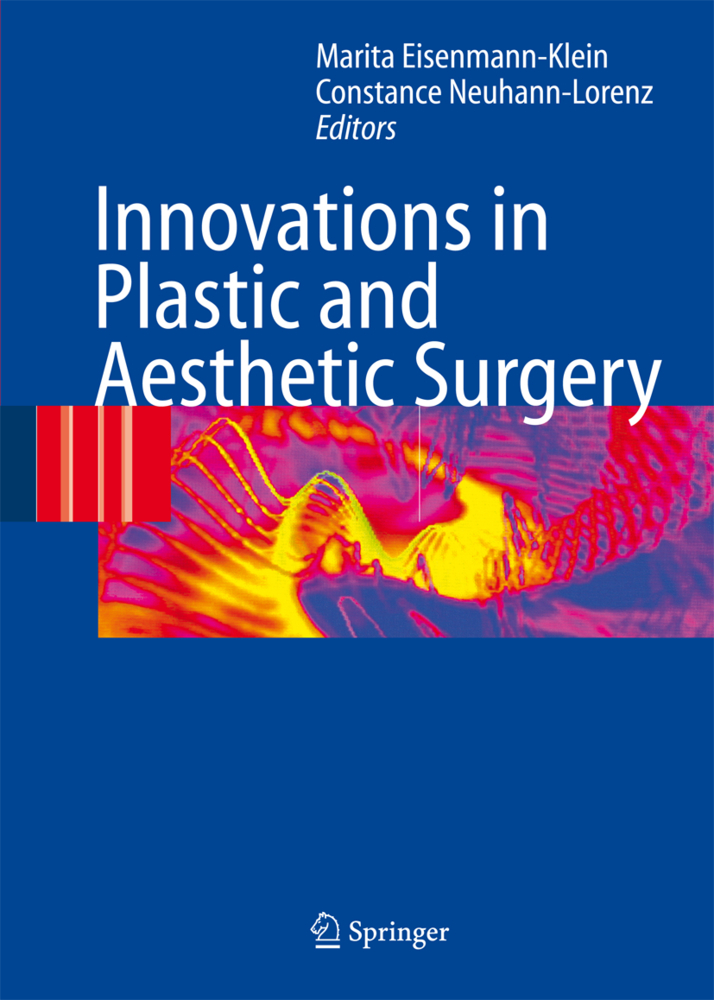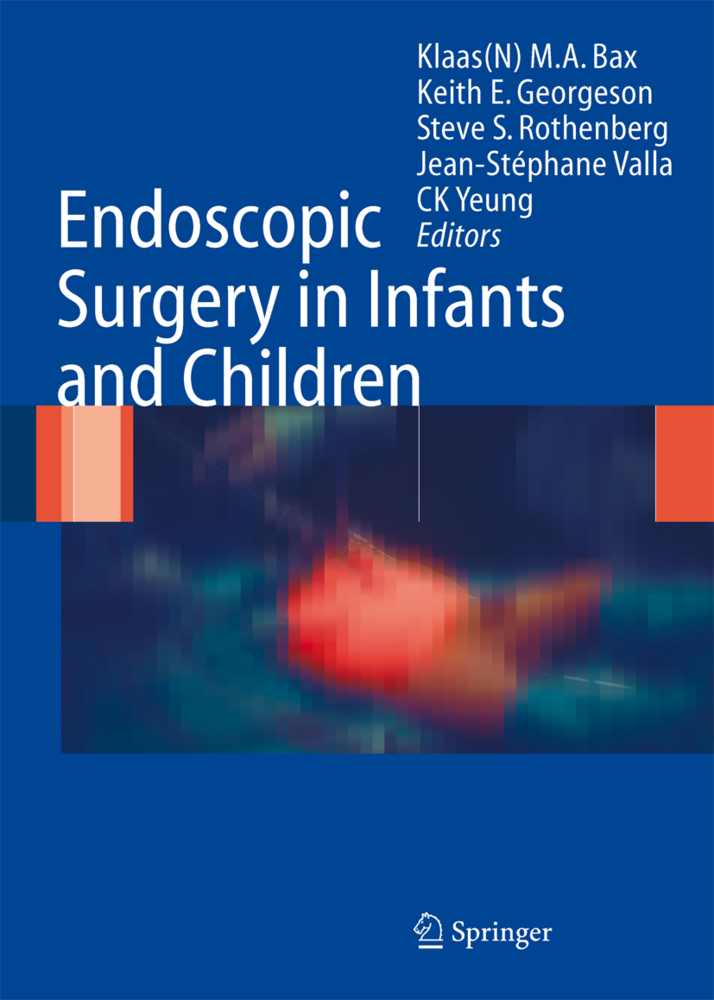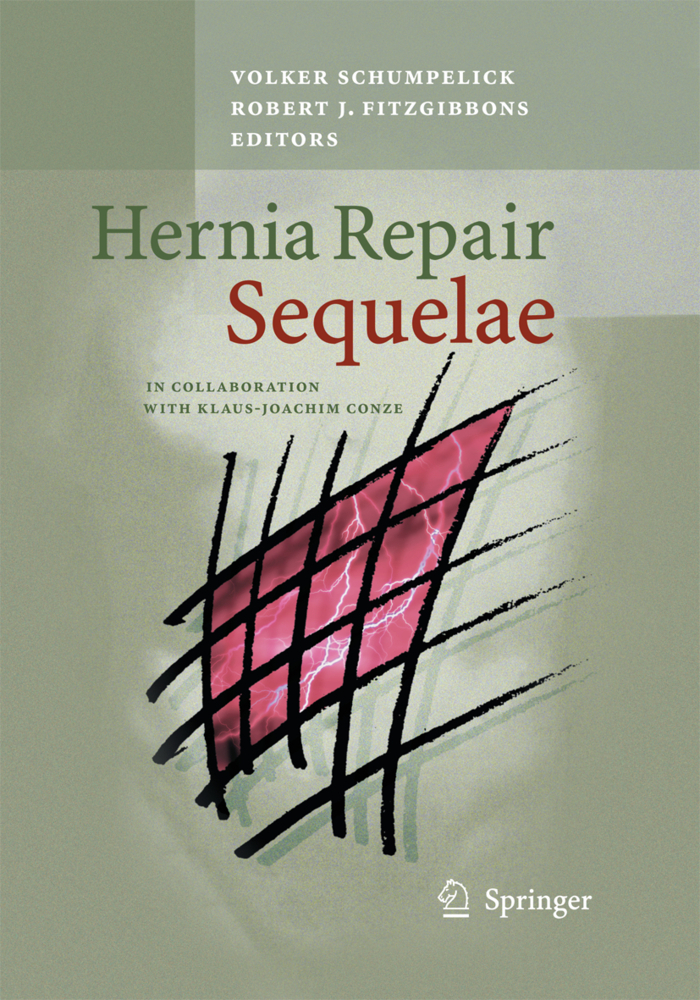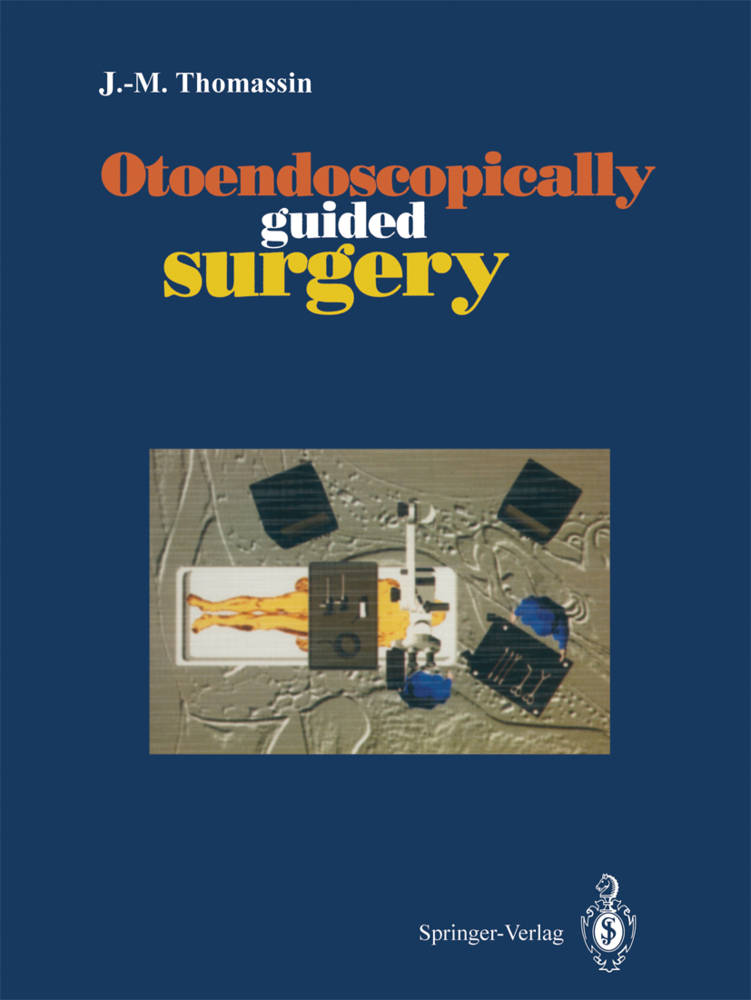Incisional Hernia
Incisional Hernia
All general surgeons, and especially hernia surgeons, will benefit from this book. It contains a complete update on the research and pathogenesis of the incisional hernia. The volume describes all important diagnostic and therapeutic procedures and evaluates the appropriate use of each procedure for each particular case. Pitfalls and unresolved issues are discussed in depth, and experts of international standing weigh in on each topic.
2 Functional Anatomy
3 Surgical Anatomy
II Wound Healing
4 Fascial Metabolic Defects
5 Growth Factors and Hernia
III Abdominal Wall Defects
6 Primary Hernia
7 Nonhernial Defects
8 Acute Wound Failure
9 Natural History and Patient-Related Factors
10 Diagnosis of Abdominal Wall Defects
IV Principles of Repair
11 Preparation of Patients for Hernia Surgery
12 Augmentation with Autologous Material
13 Biomaterials - Classification,Technical and Experimental Aspects
14 Biocompatibility of Biomaterials - Clinical and Mechanical Aspects
15 Biomaterials - Experimental Aspects
16 Biocompatibility of Biomaterials - Histological Aspects
17 Biomaterials - Principles of Implantation
V Closure of Laparotomy
18 Long- Versus Short-Term Absorbable Sutures
19 Absorbable Versus Nonabsorbable Suture for Laparotomy Closure
20 Experience with Continuous Absorbable Suture for Laparotomy Closure
21 Continuous Closure of Laparotomy Incisions: Aspects of Suture Technique
22 Closure of the Abdomen in Acute Wound Failure
VI Repair of Primary Hernia
23 Surgery of Umbilical, Epigastric and Spigelian Hernia
VII Repair of Incisional Hernia
Mesh-Free Techniques
24 Indication and Limitations of Suture Closure - Significance of Relaxing Incisions
25 Significance of Fascia Doubling in the Management of Incisional Hernia
Mesh Techniques
26 Polypropylene Mesh Repair of Incisional Hernia: Marlex and Prolene Mesh
27 Prosthetic Incisional Hernioplasty: Indications and Results
28 Intermediate Follow-Up Results of Sublay Polypropylene Repair in Primary and Recurrent Incisional Hernias
29 Polyester Mesh for Incisional Hernia Repair
30 Polytetrafluoroethylene Repair ofIncisional Hernia: Development and Results
31 Plastic Reconstruction of Abdominal Wall Defects
VIII Recurrent Inguinal Hernia
Suture Repair
32 Experience of the Shouldice Clinic in Recurrent Inguinal Hernia Repair
33 Shouldice Repair for Recurrent Inguinal Hernia - A Ten-Year Follow-Up
34 Suture Repair of Recurrent Inguinal Hernia - A Review of the Literature
35 Causes and Treatment of Recurrent Inguinal Hernias
36 European Experience with the Lichtenstein Repair for Recurrent Inguinal Hernia
37 Transinguinal Preperitoneal Prosthesis Placement Under Local Anesthesia - Management and Follow-Up of 100 Patients
38 Experience with the Mesh Umbrella Repair of Recurrent Inguinal Hernia
39 Prosthetic Repair of Recurrent Groin Hernias
40 Indications and Results of Open Preperitoneal Mesh Repair for Recurrent Groin Hernia
Laparoscopic and Endoscopic Techniques
41 Laparoscopic Treatment of Recurrent Hernias
42 Endoscopic Repair: Totally Endoscopic Preperitoneal Prosthesis in Recurrent Inguinal Hernia
IX Pitfalls,Complications and Quality Control
43 Complications of the Suture Repair of Incisional Hernia
44 Pitfalls and Complications in Open Recurrent Hernia Repair
45 Complications of the Laparoscopic-Endoscopic Approach in Recurrent Inguinal Hernia Repair
46 Quality Control in Hernia Surgery: The Swedish Experience
X Conclusion
47 Pannel Discussion
Appendix: Questionnaire.
I Anatomy of the Abdominal Wall
1 Descriptive Anatomy2 Functional Anatomy
3 Surgical Anatomy
II Wound Healing
4 Fascial Metabolic Defects
5 Growth Factors and Hernia
III Abdominal Wall Defects
6 Primary Hernia
7 Nonhernial Defects
8 Acute Wound Failure
9 Natural History and Patient-Related Factors
10 Diagnosis of Abdominal Wall Defects
IV Principles of Repair
11 Preparation of Patients for Hernia Surgery
12 Augmentation with Autologous Material
13 Biomaterials - Classification,Technical and Experimental Aspects
14 Biocompatibility of Biomaterials - Clinical and Mechanical Aspects
15 Biomaterials - Experimental Aspects
16 Biocompatibility of Biomaterials - Histological Aspects
17 Biomaterials - Principles of Implantation
V Closure of Laparotomy
18 Long- Versus Short-Term Absorbable Sutures
19 Absorbable Versus Nonabsorbable Suture for Laparotomy Closure
20 Experience with Continuous Absorbable Suture for Laparotomy Closure
21 Continuous Closure of Laparotomy Incisions: Aspects of Suture Technique
22 Closure of the Abdomen in Acute Wound Failure
VI Repair of Primary Hernia
23 Surgery of Umbilical, Epigastric and Spigelian Hernia
VII Repair of Incisional Hernia
Mesh-Free Techniques
24 Indication and Limitations of Suture Closure - Significance of Relaxing Incisions
25 Significance of Fascia Doubling in the Management of Incisional Hernia
Mesh Techniques
26 Polypropylene Mesh Repair of Incisional Hernia: Marlex and Prolene Mesh
27 Prosthetic Incisional Hernioplasty: Indications and Results
28 Intermediate Follow-Up Results of Sublay Polypropylene Repair in Primary and Recurrent Incisional Hernias
29 Polyester Mesh for Incisional Hernia Repair
30 Polytetrafluoroethylene Repair ofIncisional Hernia: Development and Results
31 Plastic Reconstruction of Abdominal Wall Defects
VIII Recurrent Inguinal Hernia
Suture Repair
32 Experience of the Shouldice Clinic in Recurrent Inguinal Hernia Repair
33 Shouldice Repair for Recurrent Inguinal Hernia - A Ten-Year Follow-Up
34 Suture Repair of Recurrent Inguinal Hernia - A Review of the Literature
35 Causes and Treatment of Recurrent Inguinal Hernias
36 European Experience with the Lichtenstein Repair for Recurrent Inguinal Hernia
37 Transinguinal Preperitoneal Prosthesis Placement Under Local Anesthesia - Management and Follow-Up of 100 Patients
38 Experience with the Mesh Umbrella Repair of Recurrent Inguinal Hernia
39 Prosthetic Repair of Recurrent Groin Hernias
40 Indications and Results of Open Preperitoneal Mesh Repair for Recurrent Groin Hernia
Laparoscopic and Endoscopic Techniques
41 Laparoscopic Treatment of Recurrent Hernias
42 Endoscopic Repair: Totally Endoscopic Preperitoneal Prosthesis in Recurrent Inguinal Hernia
IX Pitfalls,Complications and Quality Control
43 Complications of the Suture Repair of Incisional Hernia
44 Pitfalls and Complications in Open Recurrent Hernia Repair
45 Complications of the Laparoscopic-Endoscopic Approach in Recurrent Inguinal Hernia Repair
46 Quality Control in Hernia Surgery: The Swedish Experience
X Conclusion
47 Pannel Discussion
Appendix: Questionnaire.
Schumpelick, Volker
Kingsnorth, Andrew N.
| ISBN | 9783642642678 |
|---|---|
| Artikelnummer | 9783642642678 |
| Medientyp | Buch |
| Auflage | Softcover reprint of the original 1st ed. 1999 |
| Copyrightjahr | 2011 |
| Verlag | Springer, Berlin |
| Umfang | 511 Seiten |
| Abbildungen | XXV, 511 p. |
| Sprache | Englisch |

